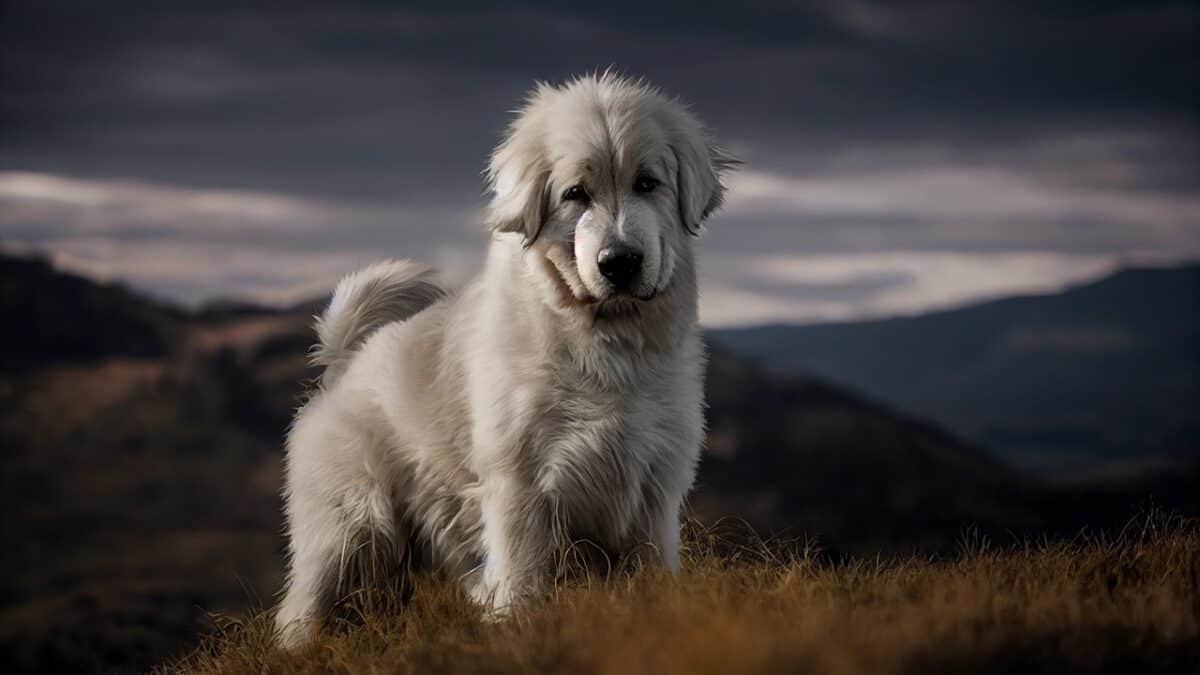Pet ownership transforms our lives in countless ways, from the daily routines we develop to the peculiar habits we adopt. Beyond the unconditional love and companionship our furry, feathered, or scaled friends provide, there’s a universal language of quirky behaviors that pet parents everywhere seem to share. Whether you’re a dedicated dog person, a committed cat enthusiast, or the proud owner of a more exotic companion, chances are you’ll recognize many of these amusing traits in yourself. These charming idiosyncrasies not only bind the pet owner community together but also showcase the profound impact these animals have on our lives. Let’s explore the 12 funniest and most relatable quirks that unite pet owners across the globe.
The Baby Voice Phenomenon

Even the most serious professionals and stoic individuals transform into cooing, high-pitched voice machines when interacting with their pets. Studies from the University of York have actually confirmed that this “pet-directed speech” is remarkably similar to how we talk to human babies, featuring exaggerated intonation and higher pitch. The phenomenon, often called “motherese” when directed at infants, becomes what researchers now term “petese” when aimed at our animal companions. What makes this quirk particularly amusing is how unconscious it is – many pet owners don’t realize they’re doing it until someone points it out, and even then, they can’t seem to stop. The transformation can be especially striking when witnessed in otherwise reserved individuals who suddenly break into elaborate baby-talk conversations with their pets about their day, food preferences, or bathroom habits.
The Paparazzi Syndrome

Modern pet owners have transformed into dedicated pet photographers, with camera rolls dominated by hundreds (if not thousands) of nearly identical pictures of their animals. According to a 2022 survey by a leading pet supply retailer, the average pet owner takes approximately 400 photos of their pet monthly – that’s roughly 13 photos per day. The quirk extends beyond mere quantity to include bizarre timing and circumstances – catching pets mid-yawn, mid-sneeze, or in particularly ungraceful positions. What’s more, pet owners proudly display these images, often sharing them unprompted and with the enthusiasm of professional photographers unveiling their masterpieces. The dedication to capturing every adorable moment has spawned entire social media accounts dedicated solely to pets, with some animal influencers amassing millions of followers. Despite having countless similar images already saved, pet parents simply cannot resist documenting yet another cute sleeping pose or playful moment.
The Midnight Contortionist

Perhaps one of the most universally experienced quirks is the extraordinary physical accommodations pet owners make to avoid disturbing a sleeping pet. Studies show that 71% of pet owners report regularly experiencing physical discomfort rather than moving a sleeping animal. This peculiar behavior manifests in humans maintaining uncomfortable, sometimes painful positions for extended periods – a cramped neck, tingling limbs, or restricted breathing – all to preserve their pet’s peaceful slumber. The justification is always the same: “They look too comfortable to disturb.” Pet owners develop remarkable flexibility and endurance, mastering the art of reaching for remote controls with toes, stretching impossibly to grab phones, or remaining perfectly still in awkward positions for hours. The phenomenon becomes even more pronounced with smaller pets, where owners of rabbits, hamsters, or small birds will freeze entirely when these animals choose to rest on them, treating the moment with the gravity of handling priceless artifacts.
The Mealtime Narrator

Watch any pet owner during feeding time, and you’ll likely witness the peculiar habit of providing full play-by-play commentary on the meal being served. Despite the obvious fact that pets don’t understand complex language, owners enthusiastically describe food preparation with the detail and excitement of sports announcers. “Here comes your favorite chicken and rice! Look at those chunks of real meat! Doesn’t that smell delicious?” This running commentary extends to observations about the pet’s reaction to the food, their eating style, and even compliments on their appetite. According to animal behaviorists, while pets don’t comprehend the specific words, they do respond to the positive tone and attention, which may reinforce the owner’s behavior. The quirk becomes particularly amusing when pet owners find themselves doing this while alone, continuing the narration even without an audience to witness their peculiar mealtime monologues.
The Name Multiplier Effect
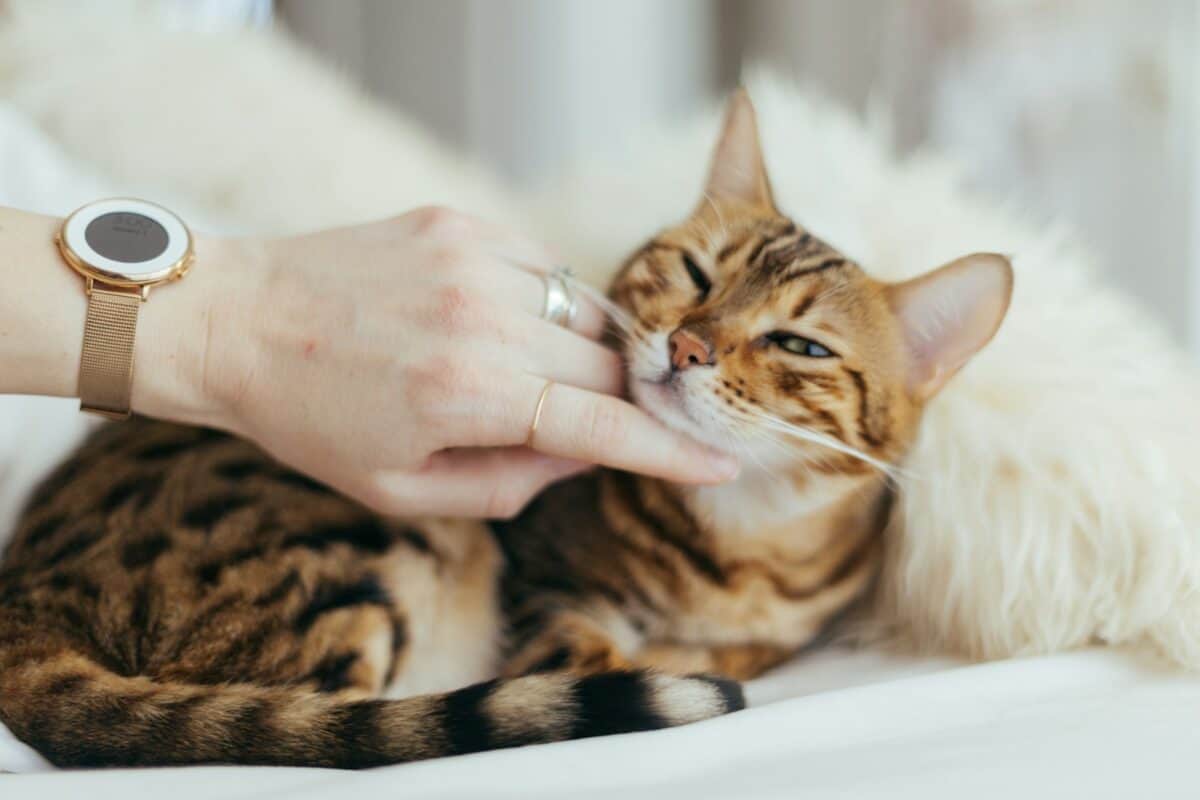
Despite carefully selecting the perfect name for their pet, owners rarely stick exclusively to it. Instead, they develop an ever-expanding collection of nicknames, pet names, and bizarre variations that often bear little resemblance to the original. A simple “Max” transforms into “Maximus,” “Maxi-pad,” “Mr. Fluffington,” or completely unrelated terms like “Stinky Butt” or “Fuzzy McChonkers.” A 2021 pet ownership survey revealed that the average pet has approximately 8-10 nicknames, with some particularly creative owners reporting upwards of 20 alternative monikers. What makes this quirk especially funny is how these nicknames evolve over time, sometimes becoming so dominant that visitors might not even know the pet’s actual name. The phenomenon extends across cultures and languages, suggesting a universal human tendency to express affection through playful name variations. Even more amusing is when owners use these nicknames in public, often drawing confused glances when calling out seemingly nonsensical terms like “Come here, Sir Wigglesworth!” in a crowded park.
The Phantom Leash Grip

Dog owners frequently report experiencing the curious sensation of a “phantom leash” – reaching down to grip a non-existent leash when walking without their dog. This physical memory becomes so ingrained that many pet parents automatically position their hand at leash-holding height, sometimes even making subtle tugging motions or reflexively saying commands like “heel” or “wait” while walking alone. Neurologically, this phenomenon relates to procedural memory, where repetitive actions become automated in our motor systems. The phantom leash experience is especially common among owners of pulling dogs or those who walk their pets daily on fixed routes. The quirk extends beyond just the hand position – some owners report instinctively moving to the side for passing pedestrians as if making room for their dog, stopping at usual sniffing spots, or even glancing down to check on their absent companion. This behavior showcases how deeply pet routines become embedded in our physical habits, often persisting even during solo activities.
The Interpreter Complex
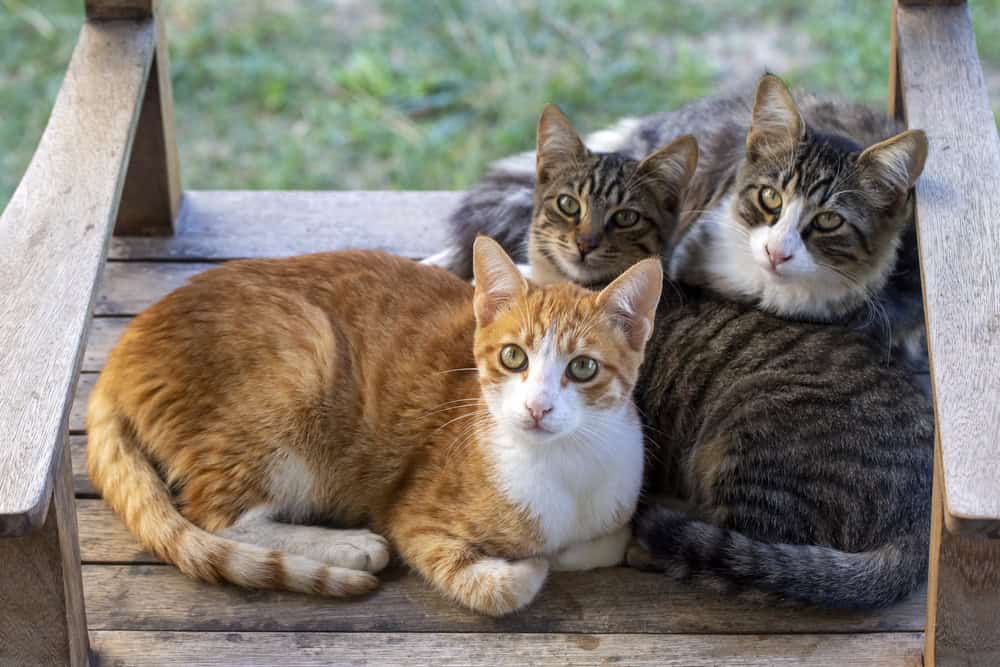
Pet owners everywhere develop the uncanny ability to “translate” their pet’s sounds, expressions, and body language into elaborate human thoughts and dialogue. A simple head tilt becomes “He’s wondering why you’re wearing that shirt again,” while a meow might be interpreted as “She’s telling us she disapproves of our dinner guests.” This anthropomorphizing goes beyond basic needs interpretation into crafting complex personalities, preferences, and opinions for pets. Owners will confidently explain their pet’s political views, fashion critiques, or judgments about household decisions. What makes this quirk particularly endearing is the absolute conviction with which these translations are offered – there’s no doubt in the owner’s mind that they’ve correctly interpreted their goldfish’s thoughts on interior design or their cat’s opinions about their dating life. The behavior is so common that in a survey of pet owners, 87% reported regularly speaking on behalf of their pets, assigning them human-like thoughts and perspectives.
The Sleep Paparazzi

There’s something irresistibly adorable about a sleeping pet that compels owners to document these moments with religious dedication. Whether it’s a dog sprawled in an impossible position, a cat curled into a perfect circle, or a rabbit in a dead sleep, pet owners cannot help but snap countless photos of their slumbering companions. The fascination with sleeping pets has psychological roots – seeing our pets in vulnerable, relaxed states triggers nurturing instincts and releases oxytocin, the bonding hormone. The quirk becomes particularly amusing when owners go to extraordinary lengths to capture these moments, contorting themselves into uncomfortable positions, slowly removing blankets for better shots, or using special “night mode” settings to avoid disturbing their pet with flash. Many pet owners maintain dedicated albums or social media collections specifically for sleeping poses, categorizing them by position, location, or adorableness factor. The compulsion is so strong that owners will risk waking their pets – the very state they find so precious – just to document the perfect sleeping moment.
The Bathroom Audience Acceptance
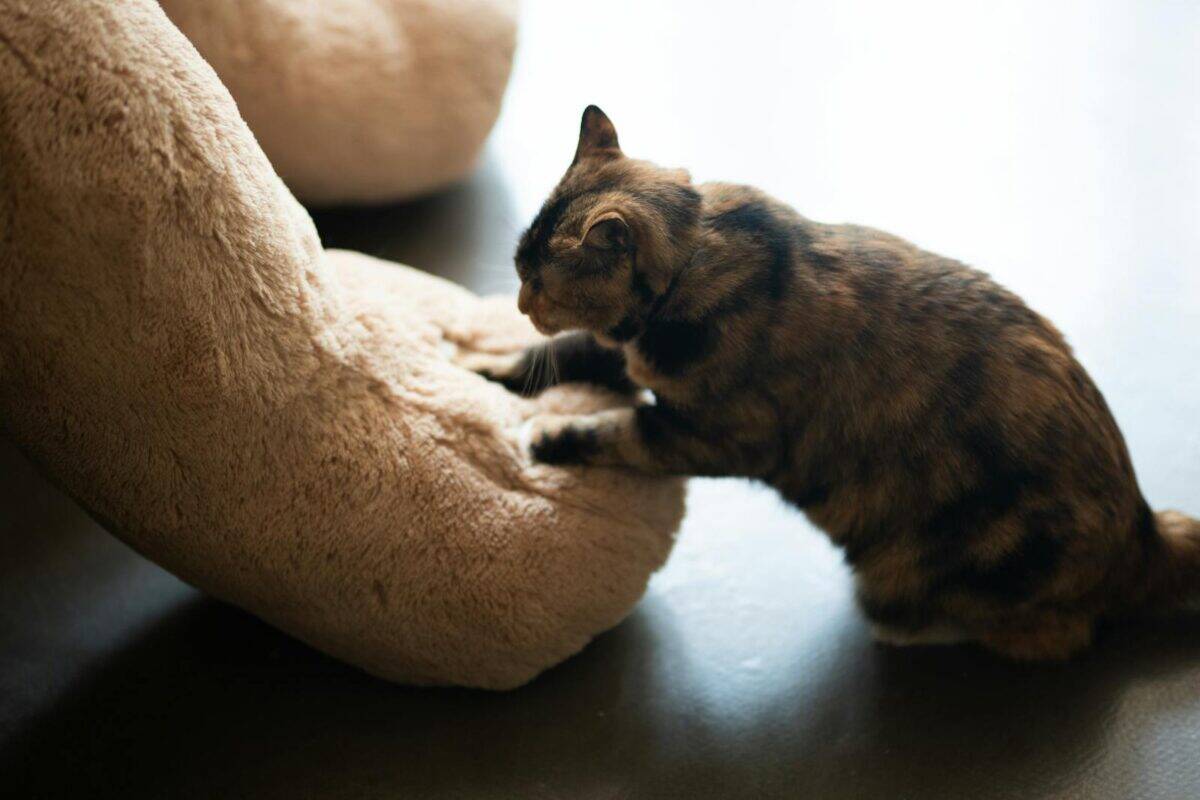
One of the strangest transitions people make when becoming pet owners is surrendering their bathroom privacy. What would normally be considered invasive human behavior becomes completely acceptable from pets. Cat owners casually continue conversations while their feline friends observe from the sink, while dog owners learn to navigate around pets who insist on maintaining eye contact during the most private moments. A humorous survey revealed that 74% of pet owners regularly allow their pets to accompany them to the bathroom, with many reporting they actually feel strange when using facilities without their animal audience. The normalization of this behavior extends to explaining it to house guests with phrases like “Oh, he always does that” or “She gets anxious when doors are closed.” The quirk becomes particularly evident when pet owners develop elaborate bathroom routines to accommodate their animals – keeping toys on the counter, leaving specific spaces for pets to sit, or even adjusting shower schedules around their pets’ preferences. This willing surrender of privacy showcases the unique boundaries (or lack thereof) that develop in the pet-owner relationship.
The Home Decor Surrender

Despite best intentions to maintain a stylish living space, pet owners inevitably surrender their home aesthetic to accommodate their animals. What begins as “just one pet bed” evolves into an explosion of toys, climbing trees, scratching posts, and specialized furniture that dominates the living environment. The transformation is so common that interior designers now specialize in “pet-friendly” designs that attempt to incorporate animal necessities into cohesive home décor. The quirk becomes particularly evident in the justifications owners provide for these takeovers: “The cat tree has to be in the living room because it gets the best sunlight,” or “Yes, the dog has her own sofa because she deserves comfort too.” According to home organization experts, pet owners typically dedicate 15-20% of their living space to pet-specific items, with some enthusiastic owners reaching 30% or more. The surrender extends to décor choices, with 61% of pet owners reporting they’ve selected furniture specifically for its pet-friendly qualities rather than aesthetic preferences. Perhaps most telling is how normalized these accommodations become – pet owners genuinely stop seeing the giant play structures, food stations, and toy collections that visitors immediately notice upon entering their homes.
The Weather Forecaster
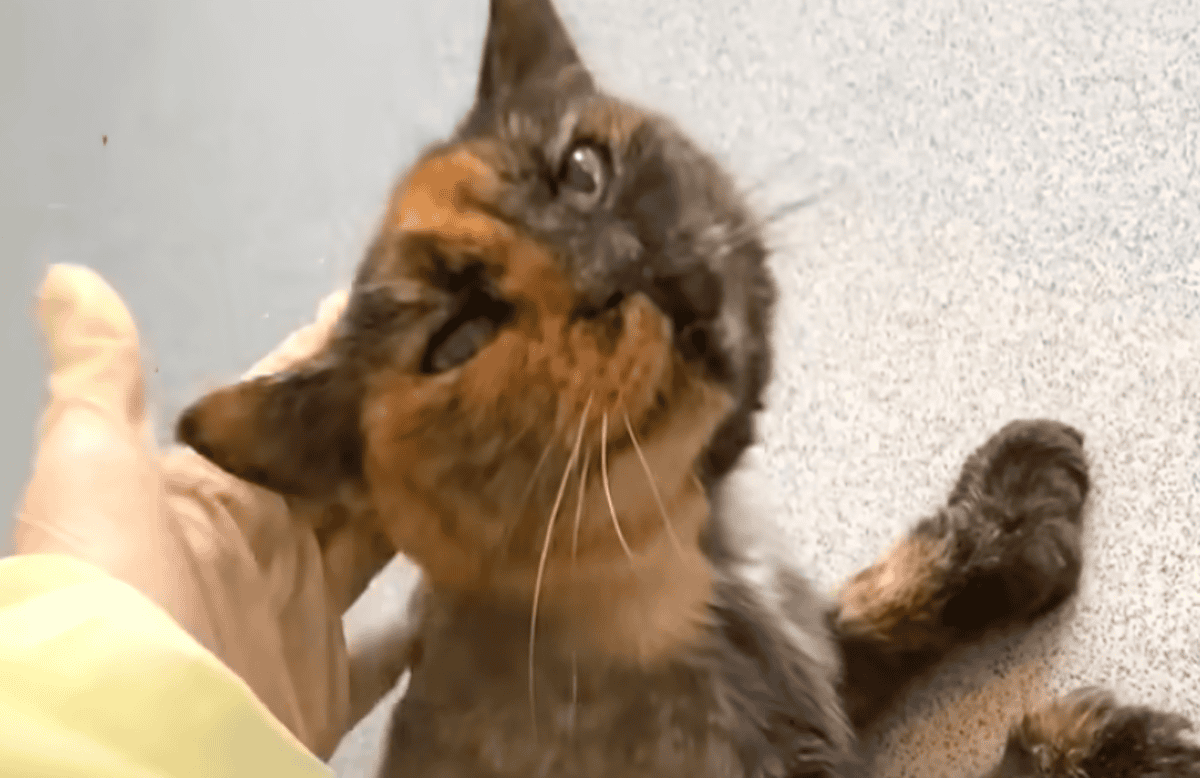
Pet owners develop an obsessive relationship with weather forecasts, checking predictions not for themselves but to anticipate how conditions might affect their pets’ comfort and routines. This peculiar behavior manifests in detailed weather monitoring and planning that far exceeds what most people do for their own needs. Dog owners check hourly precipitation chances to optimize walk times, while owners of outdoor cats might track temperature fluctuations to determine when to call their pets inside. The quirk extends to seasonal preparations – purchasing cooling mats, sweaters, paw protection, or specialized gear based on meteorological predictions. According to a pet owner survey, 68% report checking weather forecasts specifically with their pet’s needs in mind, with 42% using dedicated weather apps that offer pet-centric features. What makes this behavior particularly amusing is the elaborate contingency planning that accompanies it – having multiple backup walking times scheduled, alternative indoor entertainment prepared, or specific temperature thresholds that trigger entire protocol changes. The weather obsession reveals how deeply pet care becomes integrated into daily decision-making processes, often reaching levels of preparation that owners rarely apply to their own activities.
The Separation Anxiety Guilt Trip
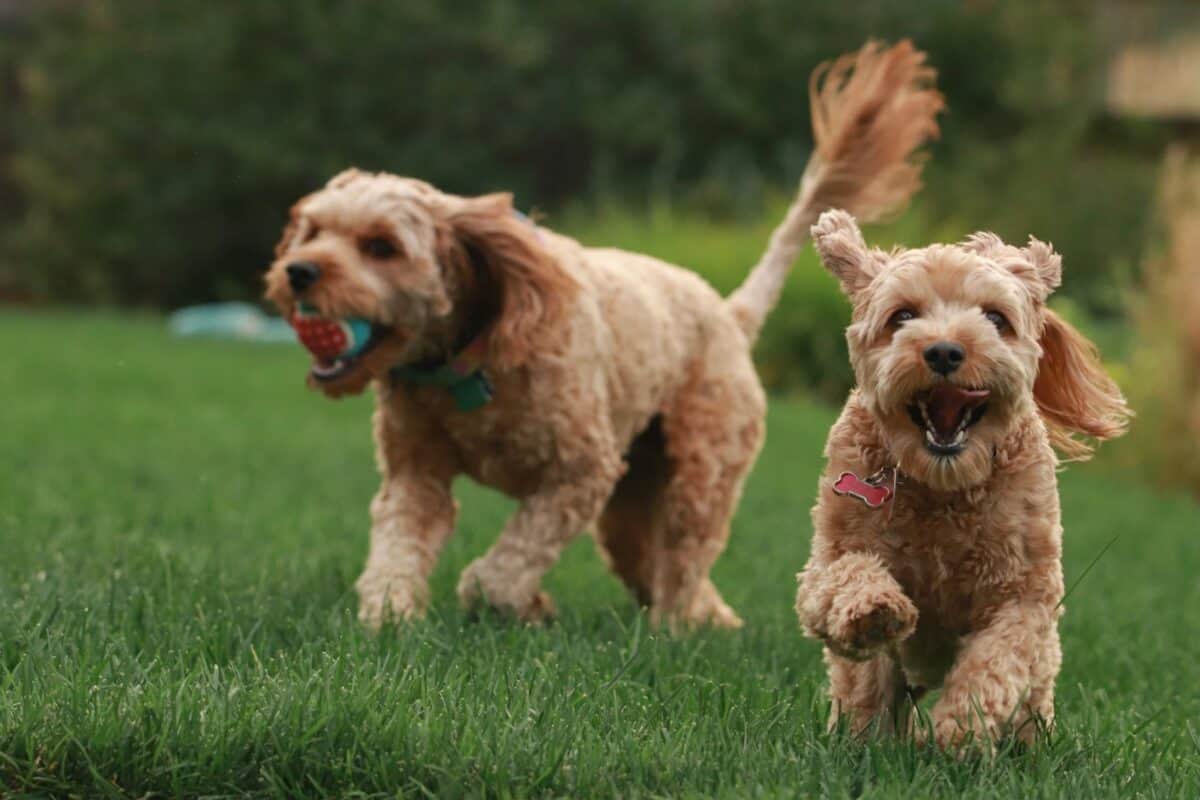
The emotional gymnastics pet owners perform when leaving their animals alone constitute one of the most universal and elaborate quirks in the pet-owning community. The separation process typically involves elaborate explanations to confused pets about destination, duration, and return plans: “Mommy has to go to work now, but I’ll be back at 5:30, and we’ll have dinner together, okay?” This monologue continues despite the obvious fact that pets don’t understand time concepts. The guilt manifestation extends to leaving televisions or radios playing for “company,” setting up pet cameras to check in remotely, or arranging pet sitters for even brief absences. According to veterinary behaviorists, while pets do experience separation concerns, the dramatic anxiety often belongs more to the humans than the animals. The phenomenon reaches peak absurdity when owners report making major life decisions based on minimizing time away from pets – declining social invitations, choosing jobs with remote work options, or even planning vacations around pet-friendly accommodations. The most telling aspect of this quirk is the homecoming ritual, where owners express enthusiastic relief and apologetic joy regardless of absence duration: “Did you miss me? I’m so sorry I was gone for two whole hours!”
Conclusion: The Universal Language of Pet Parenthood
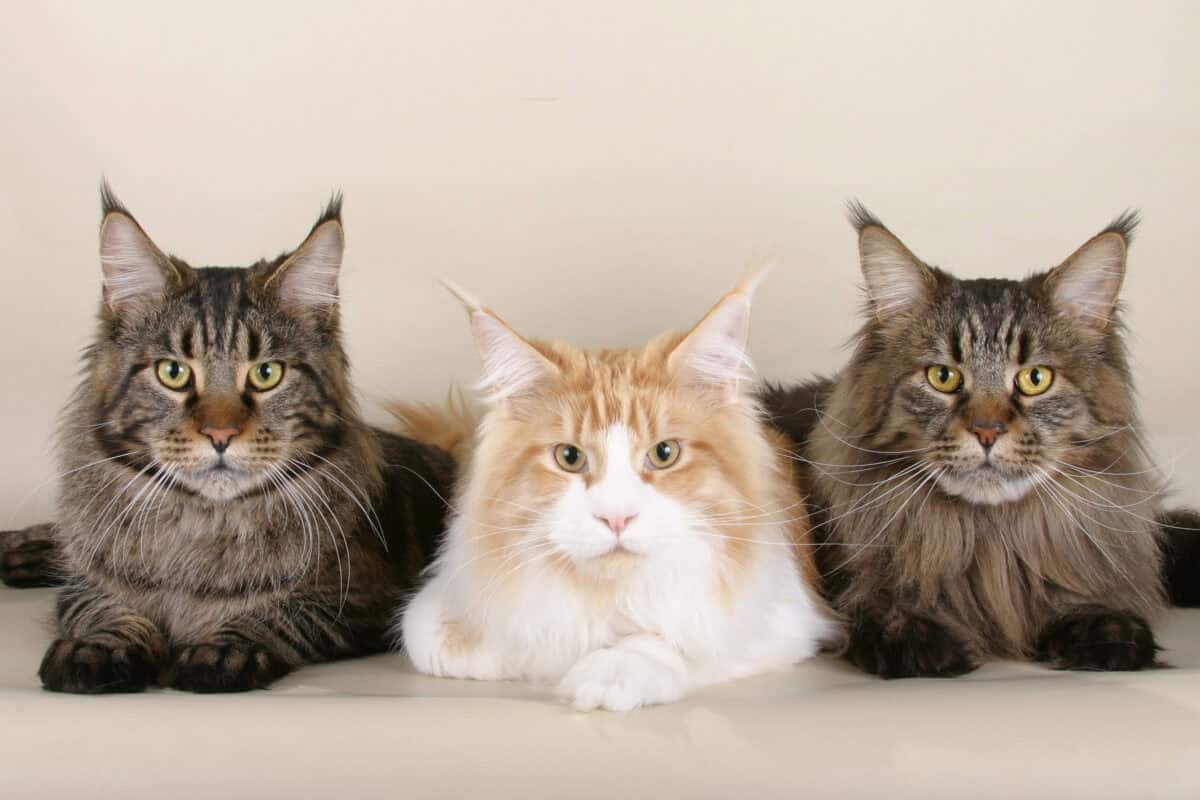
These quirky behaviors represent more than just amusing habits; they reflect the profound psychological and emotional connections we form with our animal companions. Research consistently shows that the human-animal bond creates genuine attachment relationships similar to those between humans, explaining why seemingly irrational behaviors feel perfectly natural to pet owners. The universality of these quirks across cultures, ages, and pet types suggests they fulfill important social and emotional functions. They allow us to express care, affection, and nurturing in ways that might otherwise be limited by human social conventions. Additionally, these shared behaviors create community among pet owners who instantly recognize and relate to one another’s peculiar habits. Perhaps most importantly, these quirks offer a glimpse into the joyful, uninhibited side of human nature that animals help us access – a reminder that relationships uncomplicated by human expectations often bring out our most authentic, caring, and yes, amusingly peculiar selves. In embracing these funny behaviors, we celebrate not just our love for our pets, but the unique ways they help us connect with our own humanity.
- 12 Funniest Quirks Shared by Pet Owners Everywhere - August 12, 2025
- 12 Pet Breeds That Live the Longest - August 12, 2025
- 13 Exotic Pets That Are Legal in the U.S. - August 12, 2025

